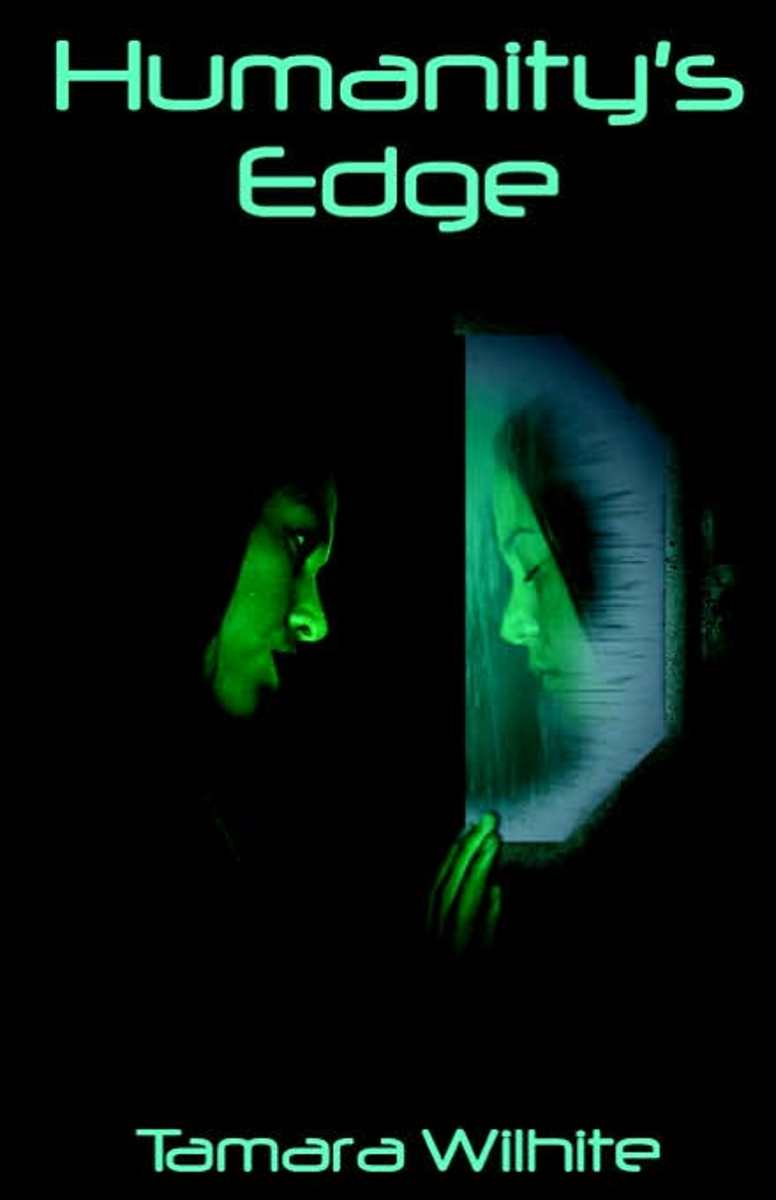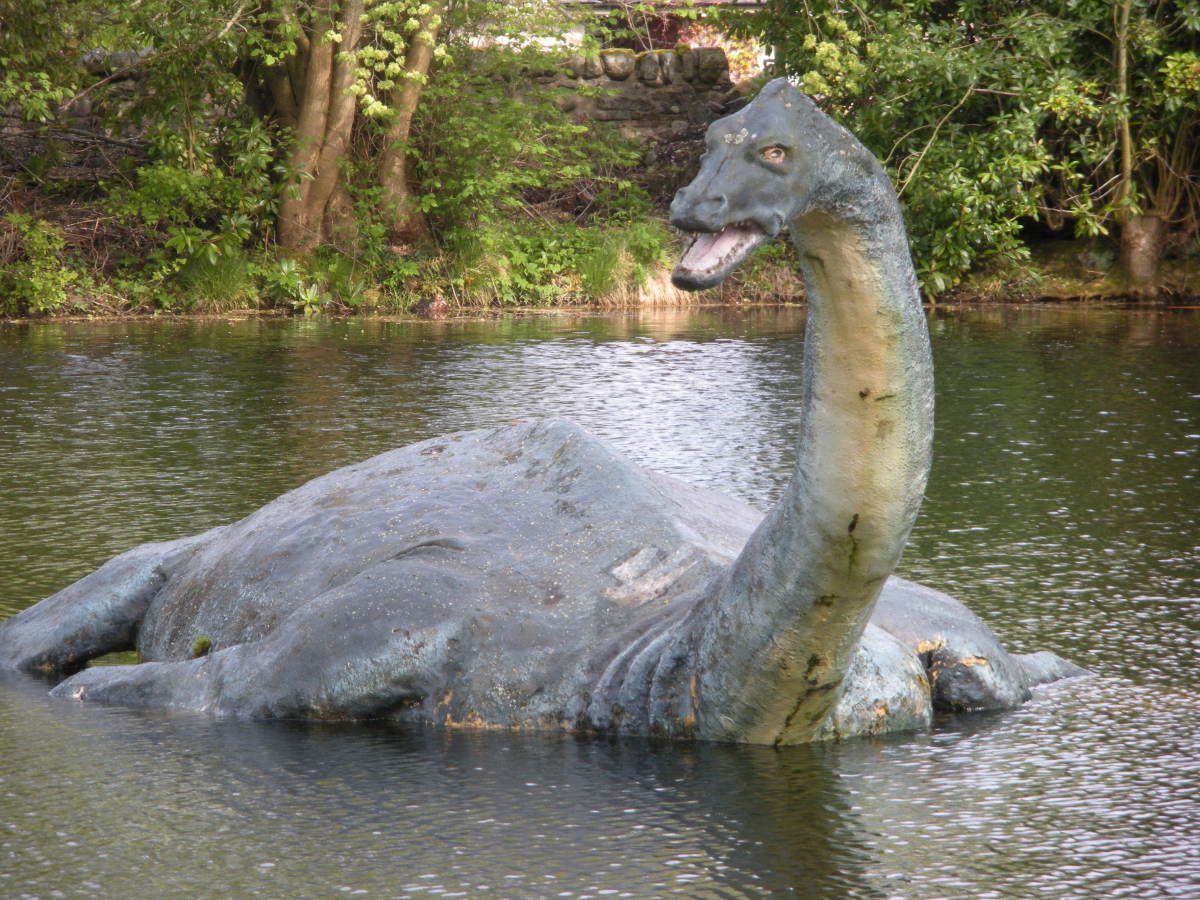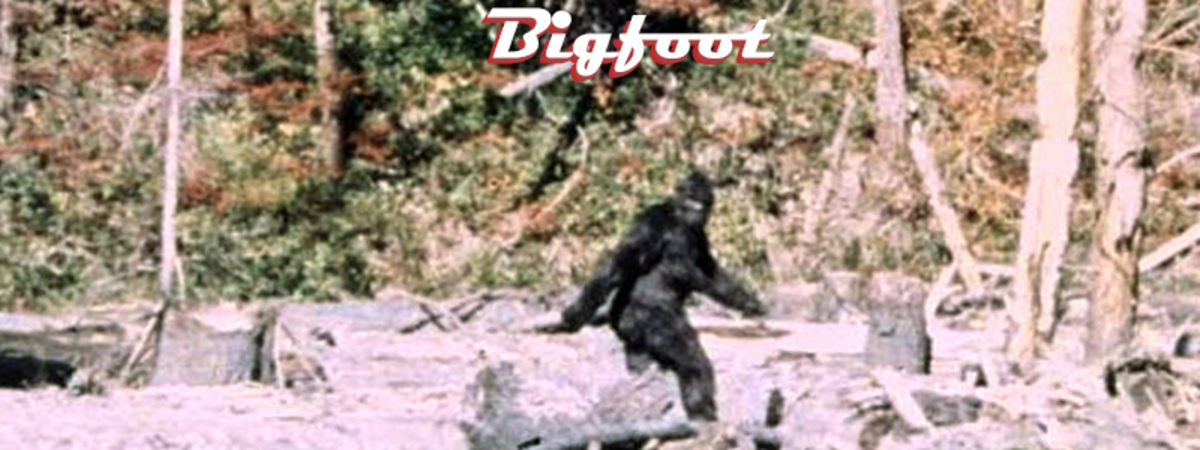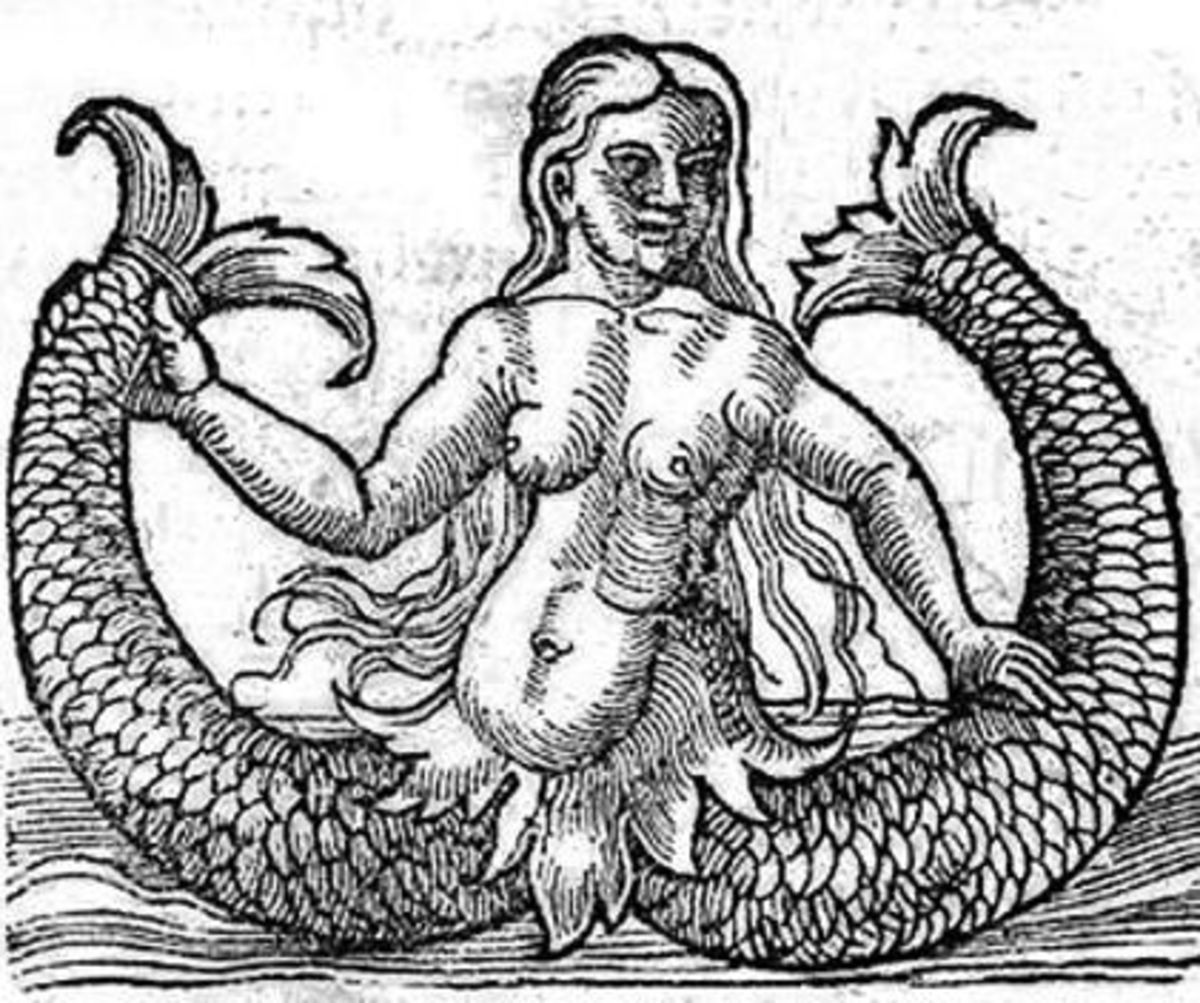- HubPages»
- Education and Science»
- Sociology & Anthropology»
- Folklore & Mythology»
- Legendary Creatures & Cryptids»
- Sea & Water Creatures
How to Calculate the Potential Loch Ness Population
Introduction
The predator to prey ratio is the numerical ratio of predators to the number of prey they consume. This ratio remains constant across time. If the number of prey increases, the number of predators will increase until the ratio is reestablished. If the number of predators exceeds the ideal ratio, the number of prey decrease until predators starve to death, and the ratio is eventually re-established. The alternative, of course, is the worst-case scenario; that is when the predators eat all the prey and then both populations go extinct.
Nessie the Loch Ness Monster is seriously constrained by habitat. It only exists in one place in the world – Loch Ness in England / United Kingdom. On one hand, this makes it Loch Ness monsters a very endangered species. On the other hand, it simplifies the math immensely.
Assumptions for the Calculation
Size of Loch Ness - the lake habitat: 260.0 hectares
Available Prey: Atlantic salmon, charr, eels, minnows, large pike, sticklebacks, sturgeon, trout. Seals and otters also live in Loch Ness, but are rarely seen.
Fish volume in the lake calculated later in the article
Descriptions of Nessie
Weight: estimated 2,500 pounds or 1,113.0 kg
Length: 15 to 40 feet or 5 to 15 meters
Using Environmental Biology to Determine the Nessie Population
In this kind of environment, in a lake of about 28 square miles, Nessie has lots of room to swim. The biggest constraint is then food. But how much food can there be in Loch Ness for a Loch Ness monster?
Output of freshwater inland aquaculture in China is around 2168 kg/hectare. I’ll use that because it’s a fresh water system and a real world value I could actually find.
If we assume the available of fish in Loch Ness is equivalent to aquaculture output, the quantity of fish in Loch Ness is:
Fish per hectare
2,168.0 kg
Number of hectares in Loch Ness
260.0
Maximum weight of fish available for consumption
563,680.0 kg
That means there is a maximum of 563 kilotons of fish in Loch Ness. But Nessie cannot eat all the fish, or there would be no fishermen to see her. In fact, it can only eat a small percentage of fish per year without negatively impacting what is apparently a healthy fresh water ecosystem.
If only 10% of the fish can be eaten per year by Nessie in Loch Ness, this makes a maximum food budget of:
Maximum tonnage of fish
563,680.0 kg
10% of that is:
56,368.0 kg
Now we know how much food there can be for a Loch Ness monster(s) to eat. The question is then how many monsters can this volume of fish support.
A shark eats about 2 percent of its body weight per day, a value we'll apply to Nessie in this round. If we take that value, one Nessie at 1113 kg body weight:
Food consumption per day is then:
22.3 kg
Food consumption per year is then
8,124.9 kg
Maximum number of monsters that can live off this volume in a year
6.9
to be safe, we'll round down to a whole number
6.0
Based on this, you could have three generations of Nessies, if they breed siblings to siblings, and sustain the population. Not pretty, but enough to keep a small line of them going. Alternatively, two breeding pairs with a single live offspring each would account for six total Nessies.
However, if Nessie is warm-blooded, she'll eat about 5-10% of her body weight per day (a rate comparable to dolphins). If we take the average of those two values, 7.5%, the new population maximum becomes:
Weight: estimated 2,500 pounds.
1,113.0 kg
Food consumption per day is then:
779.1
Food consumption per year is then
284,371.5 kg
Fish per hectare
2,168.0 kg
Number of hectares in Loch Ness
260.0
Maximum weight of fish available for consumption
563,680.0 kg
Maximum number of monsters that can live off this volume in a year
2.0

Summary
Unless they have partho-genesis (reproduction via cloning by females), with one parent and one child alive at a single time, this then makes Nessie the rarest of the rare - or nonexistent.
However, the smaller the creature, the less food it requires. At the larger end of its size range, you can only maintain one breeding pair at a time. At the smaller end of the size range, you could have seven or eight creatures - enough to have parents and offspring alive at once.
In either case, using the predator to prey ratio suggests that the Loch Ness monster is the most endangered reptile in the world, with fewer than ten members of the species left in the wild.





